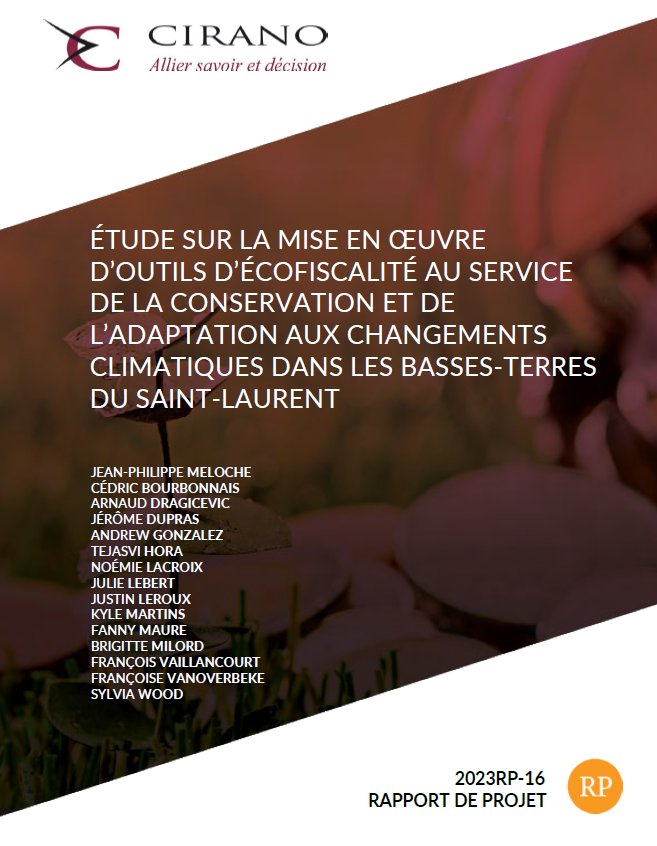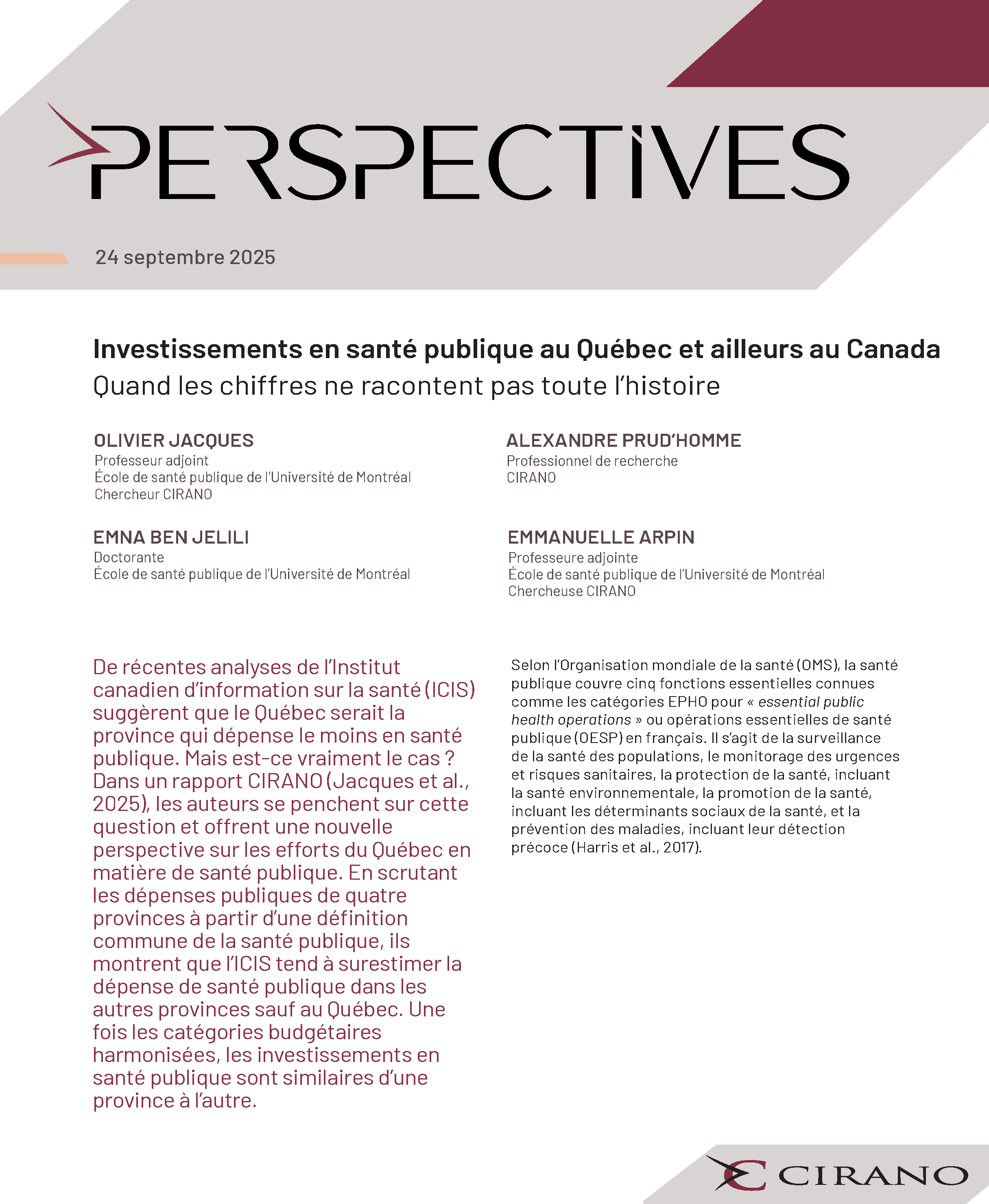Étude sur la mise en œuvre d’outils d’écofiscalité au service de la conservation et de l’adaptation aux changements climatiques dans les basses-terres du Saint-Laurent
Most of the eco-fiscal measures used around the world apply to the energy and transportation sectors to reduce GHG emissions. Very little is being done to adapt to climate change, even though it is a real threat to habitat for species at risk. In Quebec, the St. Lawrence Lowlands are experiencing anthropogenic pressures that threaten the ecological balance. What is more, this region has been affected by major flooding in recent years, hence the importance of adaptation measures in terms of land management.
In this exploratory study, the authors examine the contribution of eco-fiscal measures to the protection of natural areas in the St. Lawrence Lowlands. These measures would aim to improve resilience to climate change and help preserve of habitats for wildlife and flora species with precarious status. They evaluate the feasibility of two innovative eco-fiscal measures based on the ecological footprint of land use and measure their effects across Quebec. One is a tax measure and the other is a subsidy.
Two main findings emerge from the analyses. First, the technical feasibility of the land use tax is demonstrated. A tax would have the desired effect of increasing urban density and adding vegetation. However, the subsidy measure is more costly and less effective in promoting the preservation and restoration of natural areas, particularly because the relationship between land area, ecological value and market value is problematic.




